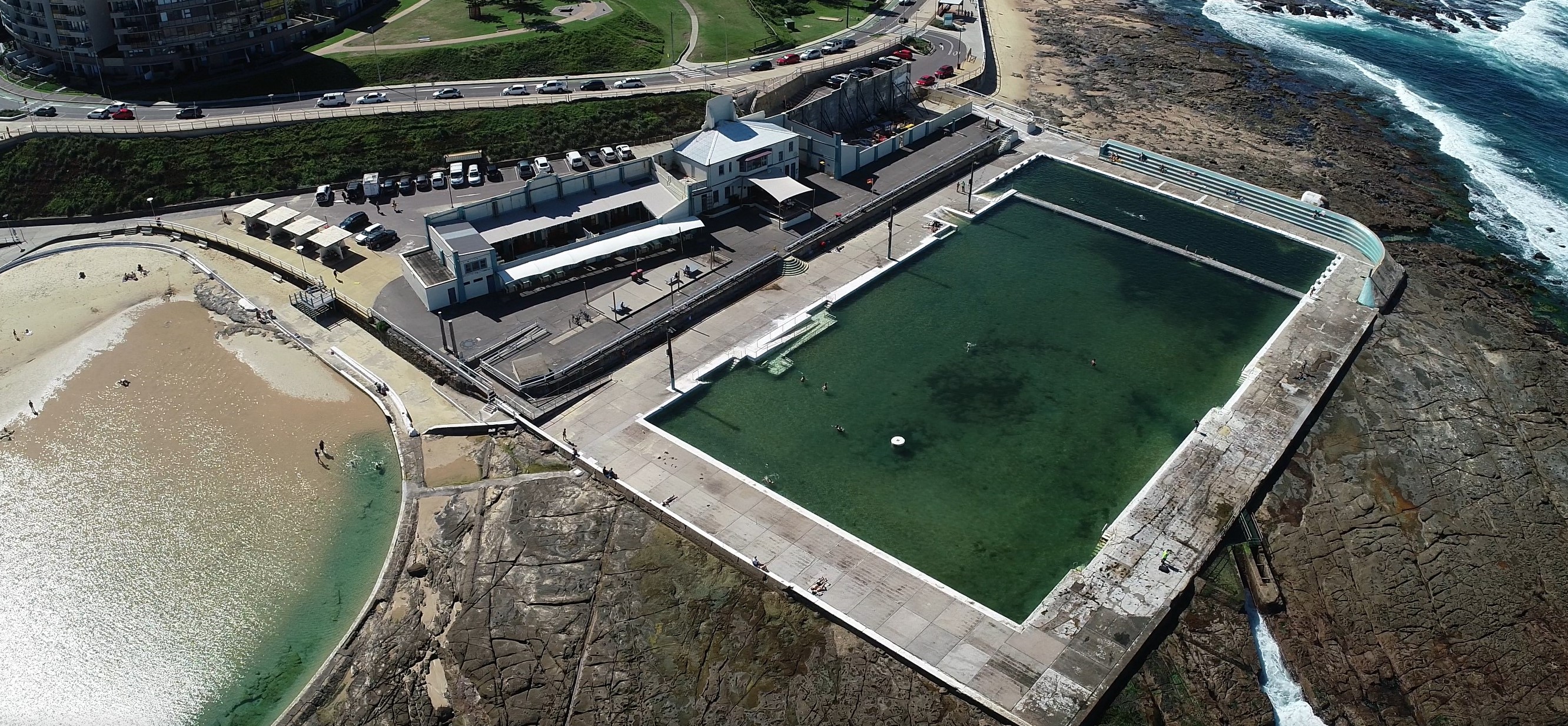Regional Australians will benefit from improved access to health services thanks to the Australian Government’s $1.2 billion investment to boost healthcare in the bush in the 2020-21 Federal Budget.
Federal Regional Health Minister, Mark Coulton, said the significant regional health investment builds on reforms in place to expand rural training opportunities and address complex workforce challenges in rural communities.
“Whether it is through training more health professionals in regional areas, supporting regional hospitals, or increasing access to mental health supports, the Government stands with regional and rural Australians,” Minister Coulton said.
“Our suite of reforms, including important investments in Budget 2020, focus on addressing this distribution challenge and investing in new approaches and localised solutions.”
Minister Coulton said the 2020-21 Budget invests in new models of primary care and expands rural training opportunities to build the rural workforce of the future.
“We are breaking new ground by investing in unique, sub-regional models of primary care delivery to trial different approaches to addressing these perennial rural challenges,” he said.
“We need to move beyond a one-size-fits-all approach, by handing local communities the tools to integrate services, increase their ability to support necessary health services and localise the solution.
“This is significantly different to traditional workforce solutions. We recognise the need to develop local workforces to meet the unique needs of rural and remote communities, better harness the resources at-hand, and ensure professionals have a supportive team is an important part of that.
“National Rural Health Commissioner, Ruth Stewart, will play a central role in overseeing the implementation and evaluation of these ready-to-go projects and will lead the identification and development of a further six similar projects across the country.”
The new models of primary care being funded through the 2020-21 Budget will utilise health services and professionals across like communities and test how novel approaches, including governance and program management, can better deliver health services to small, rural communities. This investment builds on the rollout of the Murrumbidgee Model for Rural Generalist trainees announced in May 2020.
Evidence shows that students, who train rurally, are more likely to live and work rurally, and this is fundamental to the Government’s approach to developing a rural training pipeline.
“We are continuing to enhance rural training opportunities with $50.3 million to expand the
Rural Health Multidisciplinary Training Program, including funding for a new University Department of Rural Health to support more nursing and allied health students to train in the regions,” Minister Coulton said.
“This investment in rural training will also increase remote training opportunities and provide dedicated training spaces in aged care services.
The 2020-21 Budget importantly continues to fund the Government’s COVID-19 Health Response to manage the impact of the pandemic in rural Australia. The roll-out of 150 GP Respiratory Clinics, of which more than half are in regional centres, are critical to monitoring potential outbreaks and ensuring hospital and primary care networks continue operating as normal.
“While cases remain low in regional communities, it is important we remain vigilant and be ready to respond if there is transmission in any of our regional communities,” Minister Coulton said.
“Perhaps the greatest revelation for rural and remote Australians during the pandemic has been the Government’s fast-tracked expansion of temporary MBS Telehealth items.
“While Telehealth doesn’t replace face-to-face care, it is a valuable tool to tackle the peril of distance and has helped protect vulnerable patients and health professionals across the country through this pandemic.”
Minister Coulton said the Government will continue to build on investments in this year’s Budget through broader primary care and workforce reforms.
“As Australia’s focus moves beyond the immediate response to the COVID-19 pandemic and into a long-term COVID safe recovery, regional Australia will benefit from this Government’s commitment to them,” Minister Coulton said.
“The Coalition is focused on delivering for regional Australia and is committed to building strong, safe, well‑serviced local communities for the future.”
Background:
The 2020-21 Budget delivers significant investment to improve access to health services in regional, rural, and remote Australia, including the following measures:
- $125 million to deliver clinical trials in regional locations, through the Medical Research Future Fund, improving access to potentially life-saving medical innovations and helping make the regions an attractive career move.
- $50.3 million to enhance the rural training pipeline through the long‑standing Rural Health Multidisciplinary Training Program. This investment expands the network of 16 University Departments of Rural Health to 17 and extends training into smaller rural communities, and rural residential aged care facilities. A feasibility study will identify opportunities for dental training in regional locations.
- $3.3 million to support new methods of delivering primary care across five sub-regions in western and southern New South Wales.
- $11.2 million over four years, and $2.1 million per year (ongoing), to secure and expand the office of the National Rural Health Commissioner.
- A further $2 billion to extend the COVID-19 Health response, taking the total health response to $16.5 billion, with key components of the package extended for a further six months to 31 March 2021.

 Deputy Lord Mayor Declan Clausen said the pools upgrade had been guided by engagement with the Newcastle Ocean Baths Community Reference Group and broader public, with construction expected mid-2021.
Deputy Lord Mayor Declan Clausen said the pools upgrade had been guided by engagement with the Newcastle Ocean Baths Community Reference Group and broader public, with construction expected mid-2021.